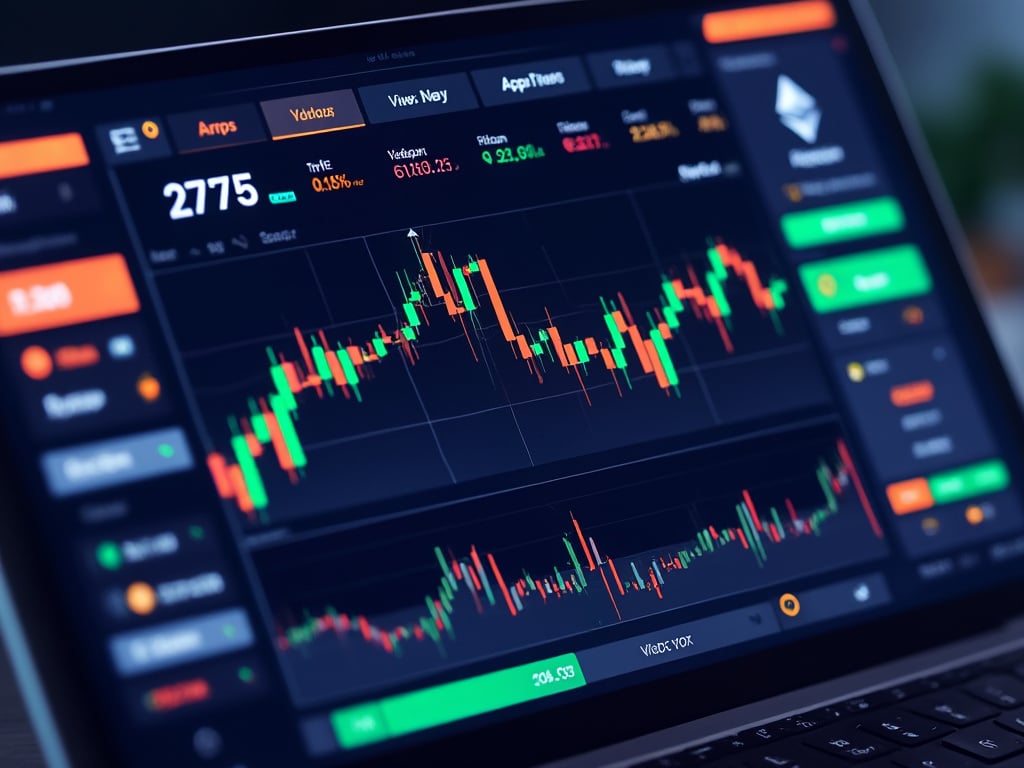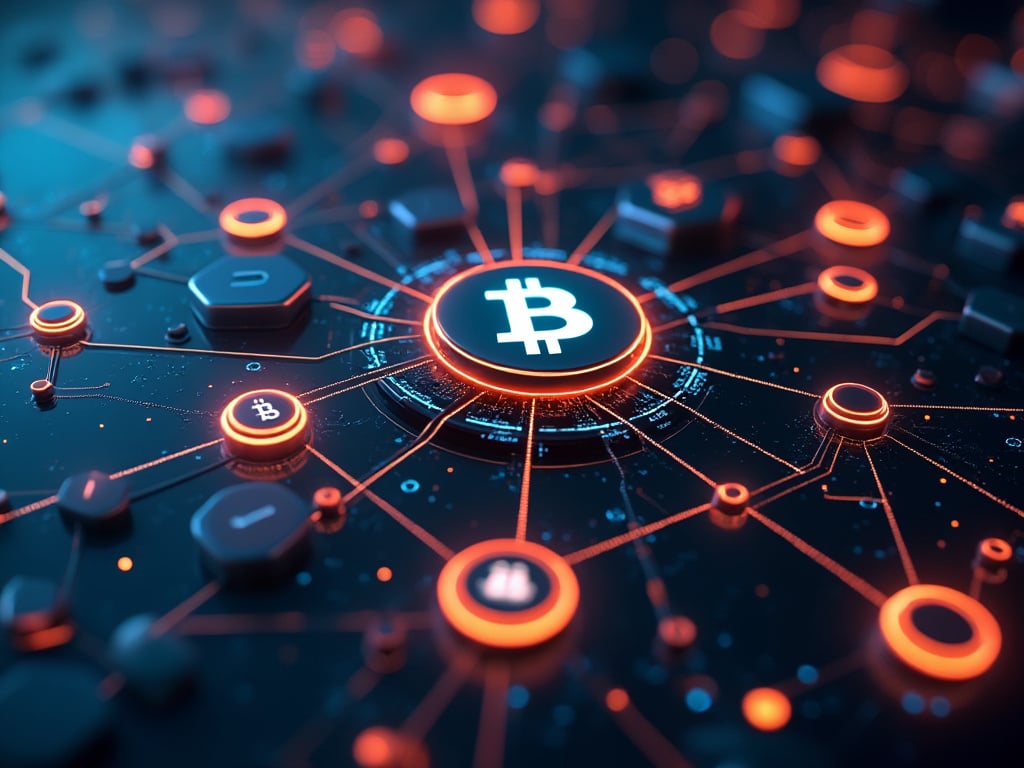The Bitcoin Halving occurs approximately every four years, cutting the block reward by 50%. This process reduces the number of bitcoins entering the market, increasing scarcity, which can lead to a price increase if market conditions remain unchanged. Block rewards are a component of the blockchain’s automated process for validating transactions and creating new blocks (known as mining). Miners, who compete to solve a cryptographic puzzle, are awarded new bitcoins if they are the first to solve it.
Once their block is added to the blockchain, they receive a reward, and the network initiates another round of competition. All miners verify the data in the newly added block while attempting to solve the puzzle for their own new blocks, hoping to earn a progressively smaller reward.

Key Insights
- A Bitcoin halving event takes place approximately every four years, cutting the mining reward by half.
- Halvings decrease the rate at which new coins are produced, reducing the new supply available.
- The most recent halving occurred on April 19, 2024, bringing the block reward down to 3.125 BTC.
- The last halving is anticipated around 2140, at which point the total number of bitcoins in circulation will reach the maximum supply of 21 million.
Is Bitcoin Halving Beneficial?
Bitcoin halvings are seen by many as advantageous for the bitcoin ecosystem and market value, though some might disagree.
Inflation
One of the main reasons for halving the reward is to address inflation concerns. Inflation reduces the purchasing power of a currency over time. In the U.S., inflation is measured by the cost of a basket of goods. An acceptable inflation rate, often around 2%, is considered beneficial for an economy, but this is usually a target set by central banks rather than a consistently achievable figure.
The purpose of the Bitcoin Halving is to mitigate potential inflationary effects on Bitcoin by reducing the reward and maintaining scarcity. However, this mechanism does not shield Bitcoin users from the inflationary impacts of the fiat currency into which Bitcoin must be converted for use in the economy.
Demand
As a halving event reduces the number of new Bitcoins entering the market, the demand for new Bitcoins generally increases. This trend is evident when looking at Bitcoin’s price following previous halving events—it has typically risen. The historic increase in demand has driven price increases, which benefits investors and speculators.
Investing
Bitcoin was not originally intended to be an investment. It was introduced as a payment method designed to eliminate the need for regulatory agencies or third parties in transactions.
However, it gained popularity among investors once they recognized its potential for gains. This influx of investors created a demand that the cryptocurrency’s designers may not have anticipated. For investors, a halving signifies a reduction in the supply of new coins, but it also promises a potential increase in investment value if the event’s effects continue as before. This places Bitcoin investing into the realm of speculation, as investors are hoping for future gains.
Mining
Miners, whether individuals, groups, or businesses, engage in mining for its profitability. Despite Bitcoin’s price fluctuations over the years, mining has remained a lucrative activity—otherwise, large mining enterprises would not continue to operate.
However, each halving reduces mining rewards, making the activity less profitable if prices stay the same or decrease. Large-scale mining operations require significant financial and energy resources to remain competitive. The necessary equipment and facilities need maintenance and staff for upkeep. Additionally, miners must upgrade their capacity to stay ahead in the industry.
For example, Marathon Digital Holdings, one of the world’s largest mining firms, increased its Bitcoin holdings to 16,930 and its fleet of Bitcoin miners to 231,000 in February 2024. This brought the firm’s hash rate to 28.7 trillion hashes per second (about 5% of the network’s total hash rate as of May 2024).
This increase in production capacity and holdings was likely in anticipation of the April 2024 halving and the hashing power needed to remain competitive while maintaining the liquidity required for operations.
For smaller miners, a reduced reward means lower chances of profitability. Miners in a mining pool will likely see smaller rewards, even if prices rise—the reward is halved, and Bitcoin’s price is unlikely to double unless a significant market event occurs.
When Is the Next Bitcoin Halving?
Halvings have occurred on the following dates:
- Nov. 28, 2012, to 25 bitcoins
- July 9, 2016, to 12.5 bitcoins
- May 11, 2020, to 6.25 bitcoins
- April 19, 2024, to 3.125 bitcoins
What Happens When Bitcoin Is Halving?
The term “halving” in relation to Bitcoin refers to the reduction of the reward amount by half. This process simulates diminishing returns and increases scarcity, which is intended to boost demand.
The Bottom Line
A Bitcoin halving reduces the rate at which new Bitcoins enter circulation by half. This rewards system will continue until 2140 when the total supply of Bitcoin is expected to reach 21 million.
In 2009, the reward for mining each block was 50 bitcoins. After subsequent halvings, this reward was reduced to 25 bitcoins, then 12.5, and later to 6.25 bitcoins on May 11, 2020. The latest halving on April 19, 2024, reduced the reward to 3.125 bitcoins.
Bitcoin halving has significant implications for the network. For miners, these events may lead to consolidation as individual miners and smaller operations exit the ecosystem or are absorbed by larger entities.
Read more about blockchain knowledge in HERE.







